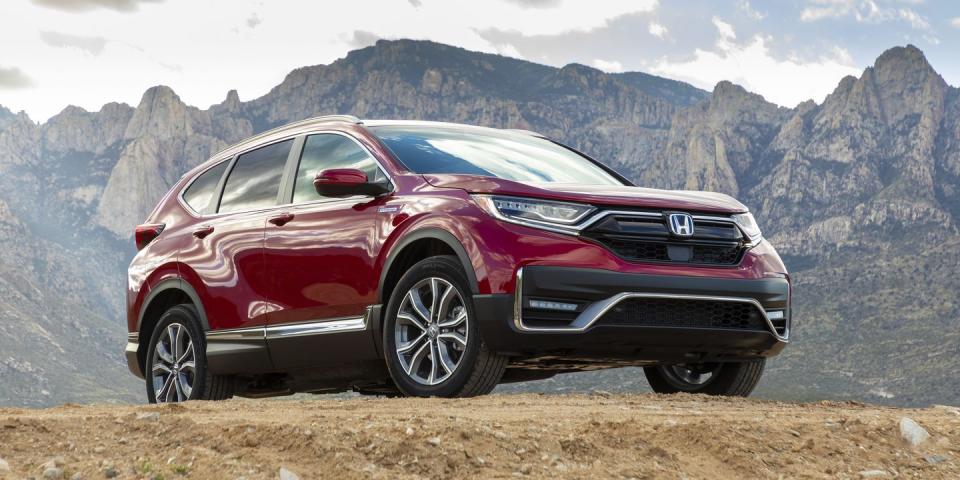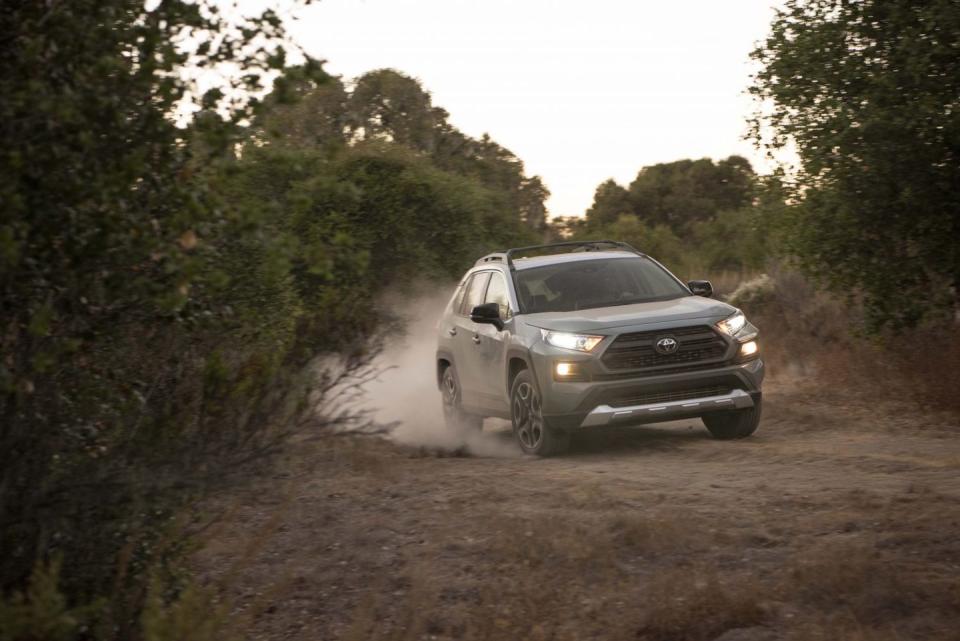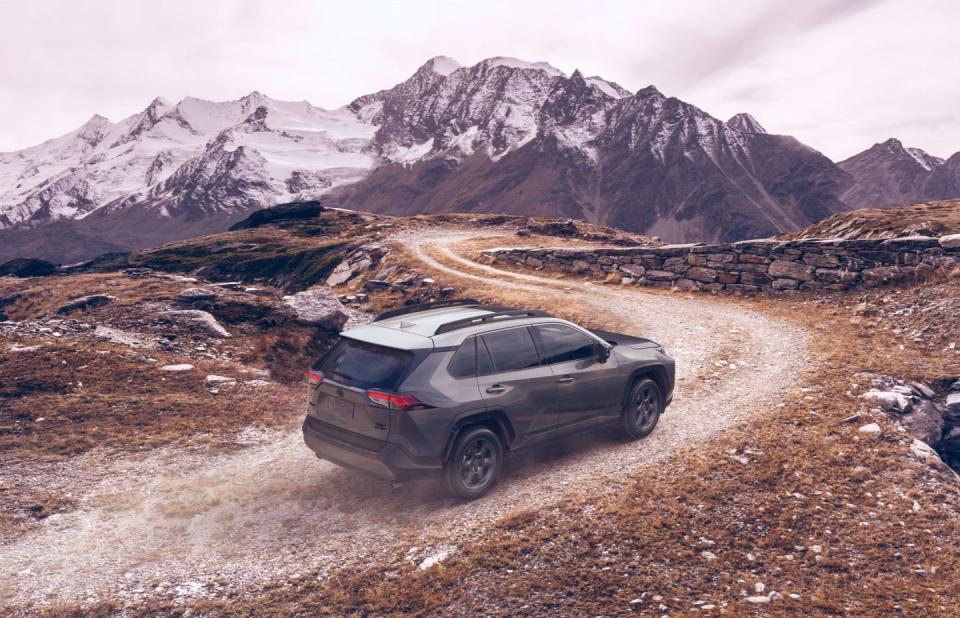The Right Tires For Your Crossover Utility Vehicle

There I was, departing the bucolic 19th century wild west mountain town of Silverton, Colorado, itself already almost 10,000 feet up in the mighty San Juans, on my way even higher. The mountain passes we were aiming for topped out at over 13,000 feet, and the roads were strewn with rocks, many of them sharp. With every little bump of a possibly pointy piece of pumice, I whimpered like a sniveling rodent.
Because the SUV I was driving was a borrowed vehicle and not something I owned, I was riding on OEM tires which, like all OEM tires, were not designed to meet the needs of rugged off-road explorers, rather the million different parameters that buyers of all vehicles, almost none of which ever go off road, demand: low price, great gas mileage, quiet running, excellent longevity, good grip in both wet and dry conditions, yada, yada, and, finally, yada.
So when the first tire inevitably popped and went flat only about 10 or 15 miles outside of town, and with many long miles still to go (we had all week, after all), I made the correct call to turn around back to Silverton and buy me a new spare.
“I hate these tires,” said the young tire specialist at the Silverton Conoco station, eyeing the flat-treaded OE rubber he had just pulled off my borrowed rig. “I get these in here all the time.”
He didn’t so much hate the tires as he hated that they didn’t meet his needs of rugged trail-running. He lived in the mighty San Juans, after all, and up there people went off-road all the time and they liked it. The major OE that had designed, engineered, and built this vehicle—and chose the tires for it—knew that no one would ever take the thing off-road, despite what their own advertisements suggested. So the major OE picked a tire that would be quiet on the highway, would last forever (on the highway), and cost next nothing. The fact that they were not worth much at all out in the high country was something most buyers would never find out.

Of course, having purchased the new spare, from a set of four the Conoco guy had stacked up in the shop, I was therefore guaranteed that I would never have another flat the whole rest of the trip. (And I didn’t.)
I only bring up this whole subject because just about every crossover made today is marketed with beautiful people driving them into the wilderness and having wild adventures with other beautiful people amidst spectacular scenery, all thanks to the capabilities of their crossover utility vehicle. This is true of every manufacturer. But when you check out the tires on those adventure-ready CUVs, they’re almost always made for smooth pavement. Is this dishonest? No, it’s advertising. But you should be aware of what tires you’re rolling on if you ever do set a wheel in the dirt.
And I’m not saying every crossover needs aggressive treads.
“I’ll give the engineering answer here: It depends,” said Brandon Sturgis, product manager for BFGoodrich CUV/SUV/LT/Off-Road Tires. “If you only plan to take your CUV (RAV4, CR-V, or Forester) on a flat, graded, dry, dirt road at slow speeds with no need for extra traction, then the on-road-oriented tires that are very popular for these types of vehicles will suit you just fine. If those roads happen to get a little muddy (which could happen any time), or if they have gravel on them, or if there are elevation changes that require extra traction, or if you happen to climb high enough where you run into snow on the road, you’re going to want a specific tire for your CUV.”

Sturgis suggests snow tires for winter use, and off-road tires if you’re going to do enough off-road, or rather, off-highway.
“Tires that are designed for off-pavement use (I purposefully used the word “off-pavement” because when most people hear “off-road” tires, they think of aggressive all-terrain or mud terrain tires), most CUV owners don’t want to go that extreme or they would have purchased an SUV instead (like a Jeep Wrangler),” said Sturgis. “BFGoodrich tires that are designed for off-pavement use have tread pattern and upper sidewall design features that provide extra traction on a graded road that may be a little muddy and a tread compound and tread pattern design that takes into account moderate gravel road usage. Have you ever walked on a gravel road in your bare feet? This is similar to what your tires feel.”
Ouch. Your standard M+S tread that is on almost all crossovers is not really made for prolonged rocky roads such as you’ll find in the dry, dusty West.
“It’s crazy, the CUV/SUV Touring All-Season and Passenger All-Season tires, these are not intended for off road,” said Matt Edmonds, executive vice president of Tire Rack.
So if you ever plan to take a prolonged drive on the dirt that is so artfully presented in all the marketing and advertising material of every crossover and sport utility maker on the planet, even if it’s just on nicely graded dirt roads, there are advantages to getting the right tires.

 Yahoo Autos
Yahoo Autos 